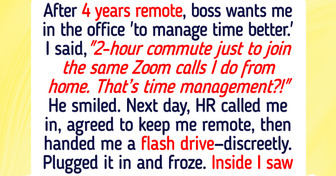16 Stories That Prove Kindness Is the Quietest Yet Strongest Language in the World


Welcome aboard our flight from London to Miami. It will take us 4 hours 30 minutes. The weather in Miami is... wait — did the pilot just say 4 hours and a half? It sounds like a dream, but it will most likely become our reality in less than 10 years from now!
Boom Supersonic, an aircraft manufacturer, is working on a passenger supersonic jet called the Overture that will be able to carry 65 to 80 people at twice the speed of current commercial aircraft. One of the major American airlines is interested in buying around 40 planes.
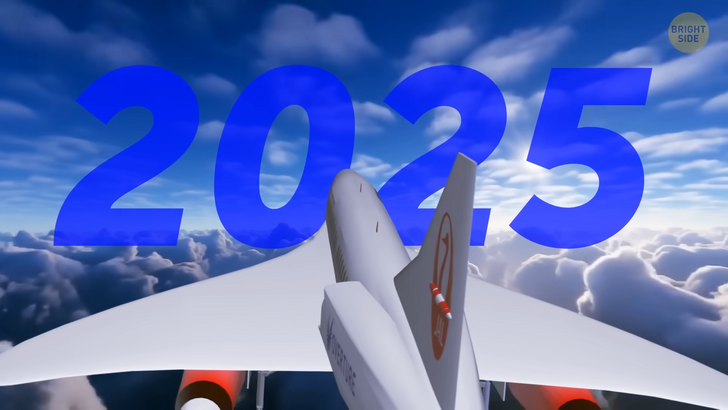
The plane that’s going to cost $200 million has recently passed the wind tunnel tests. If all goes well, the first finished Overture prototype will roll off the line in 2025 and will travel at nearly twice the speed of sound. The plane will be able to show its top speed over the sea, so it should be ideal for transatlantic flights. And then, traveling from, say, New York to Paris should take no longer than 4 hours.
But first, it will have to get all the official permissions to do it. Some people are skeptical about the whole passenger superjet concept as they remember the story of the Concorde. That high-end plane delivered people from London to New York in about 3 hours and serviced other transatlantic connections.
The tickets cost a whopping $10,000 per seat, and passengers got access to a super-exclusive lounge with lobsters and Angus beef for lunch. The Concorde went on its final commercial flight in 2003. It was a huge fuel guzzler. Plus, there were many complaints from people living near airports about the noise it produced.
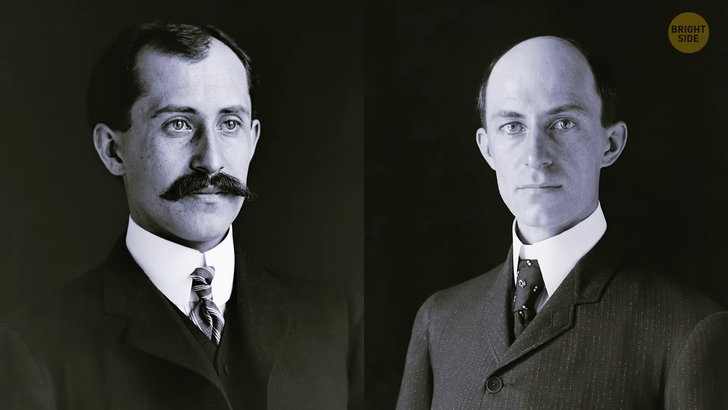
The Overture is supposed to be more fuel-efficient, lighter, and have better software to make it more aerodynamic. The noise might still be a problem, though, because supersonic aircraft need aerodynamic engines which are pretty loud. That will definitely change in the future as planes have gone a long way since their first flight in 1903.
Back then, the Wright brothers started the aerial age with a 12-second flight traveling 120 feet in North Carolina. The top speed at that time was around 30 miles per hour, but it still seemed pretty impressive. The world’s first passenger airline service took off just 11 years later.
The flight from St. Petersburg, FL to Tampa, FL lasted 23 minutes. Covering the distance by car around the bay took about 20 hours, so that was a great time-saver! The tickets cost $5 and were sold out 16 weeks in advance, but the airline went out of business in 4 months.
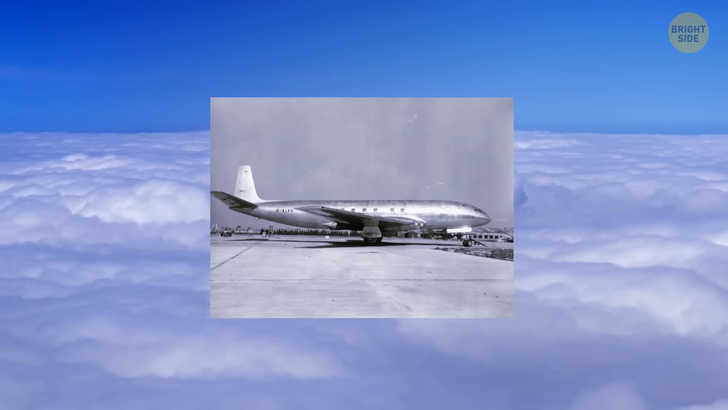
The new age in aviation began in the 1950s when they introduced the turbofan engine. It became possible as they started using temperature-resistant materials and complex air-cooling systems. Planes also became lighter as they were made of composite materials. The wings have also improved over the years.
The airfoil — that’s the part thanks to which the air travels faster above the wing than below it — became the real game-changer. Thanks to it, the planes keep a low speed during take-off, which means they move smoothly and burn less fuel.
The fastest plane in the world so far is North American X-15. It was rocket-powered and made of aluminum and titanium. A huge wedge tail helped it stay stable at that super speed. The rocket plane set the world’s altitude record reaching an altitude of 67 miles. Oh, and to make it even more impressive, it happened back in 1967!
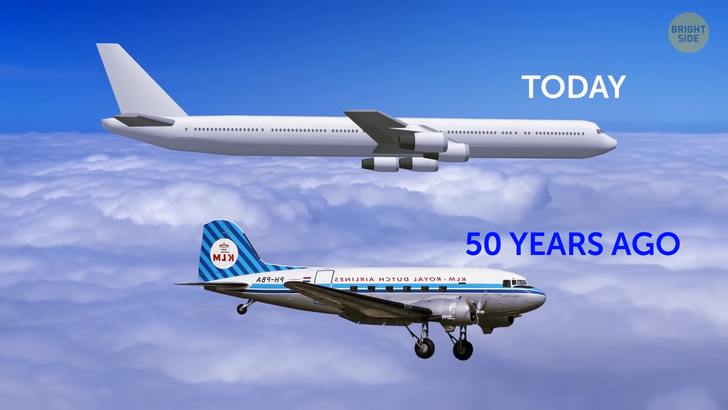
So, if it was possible back then already, why don’t we all just fly rocket planes or at least supersonics, especially on long-distance flights? In terms of speed, passenger planes are still where they were 50 years ago, mostly because speeding flights up would also make them way more expensive. Flying faster means burning more fuel. Plus, supersonic engines are expensive to produce and maintain.
Another reason is natural forces. The winds affect the speed of a plane, and no technology can control the wind. A strong tailwind can help it move forward at a higher speed, and a headwind can slow the aircraft down. Planes mostly fly at altitudes of up to 7 miles. Up there, the air is thinner, which means there’s less resistance, and a plane can fly faster and save some fuel. Also, the lower temperatures make the jet engines more efficient.
Another perk of flying through that part of the atmosphere is that it’s less turbulent, so flights go smoother. Private jets can’t fly that high. They are smaller, and their engines aren’t strong enough to reach such an altitude. So they stick to around 15,000 ft.
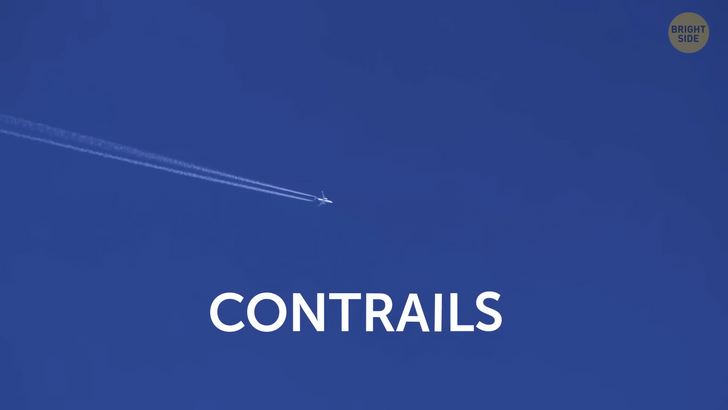
Ever noticed those white trails that planes leave behind? Their official name is contrails, and they’re like artificial clouds planes leave behind. When the plane reaches its cruising altitude, temperatures get quite low, about −67 F, and the water turns into particles of ice. The higher the level of humidity is, the bigger those trails get, and you can still see them long after the plane has disappeared. So, thick and long contrails can be a sign of an upcoming storm.
Sometimes contrails can even be colorful. The droplets of water that are formed up in the atmosphere can freeze in different sizes. They all reflect sunlight at different wavelengths, causing the effect of a rainbow. When all the colors mix, it appears white, the most common contrail color.
Airplanes don’t take off with the wind, but actually against it. It’s kinda like a kite: to make it fly, you launch it against the wind, and there it goes. That’s because there are four forces of flight: lift, weight, thrust, and drag. The lift is generated because the speed of air is higher above the kite than below it. The kite is pushed upwards — this is the lifting force.
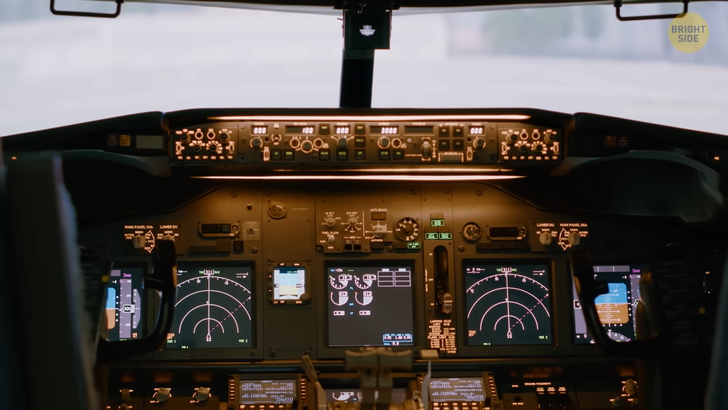
Going through a storm is one pretty scary experience, but is it really as dangerous as it seems? In fact, the most critical moments in windy weather are take-off and landing. Plane manufacturers test their aircraft and specify speed limits at which the pilots should move in different weather conditions. At some airports, the winds are pretty severe all year round, so landing can get pretty wobbly. It requires a real pro of a pilot to land when the wind strikes the runway.
Sometimes the wind unexpectedly changes its speed and direction. The pilot really has to know what they’re doing to land when the wind direction changes. Otherwise, the risk of overshooting the runway is pretty real. Extreme heat is another weather condition that can stop a plane from flying. Airplanes fly by generating lift with their wings. The air below the wings takes the plane up.
In extreme heat, an airplane can’t produce that much lift. That’s because hot air expands and becomes way less dense than cold air. With less lift, the plane may find it really hard to take off and fly. Electronics will unlikely respond well to extreme heat or humidity, and the AC system may fail. Smaller jets can’t operate at a temperature of over 118 degrees F. Larger Airbus and Boeing planes perform the best below 126 degrees F.
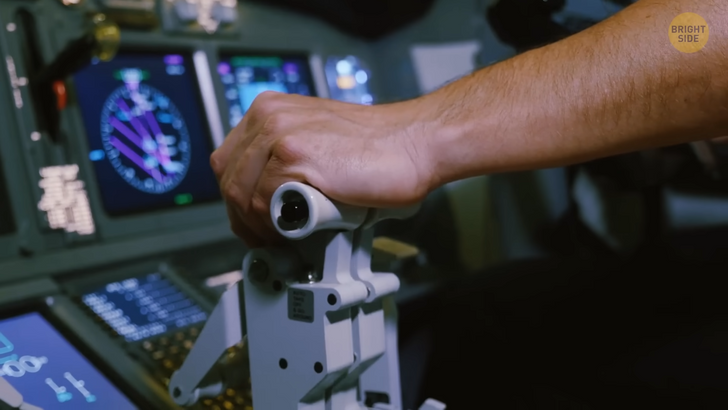
Those mysterious chimes you hear during the flight are a kind of secret language the crew uses to communicate with each other. The chime you hear shortly after takeoff informs the crew that the landing gear is getting retracted.
A single chime during the flight is a sign that one of the passengers needs the assistance of the crew. When they’re serving meals and run out of food or drinks, they can ask their colleagues to share using a high and low chime combo. Three low tones mean serious turbulence is approaching, so the crew need to buckle up.
Have you ever noticed the flashing light in the cabin before takeoff? You have nothing to worry about! It occurs when the pilot disconnects a plane from the airport power supply and switches to the onboard one. This rapid transition may cause flashing.








